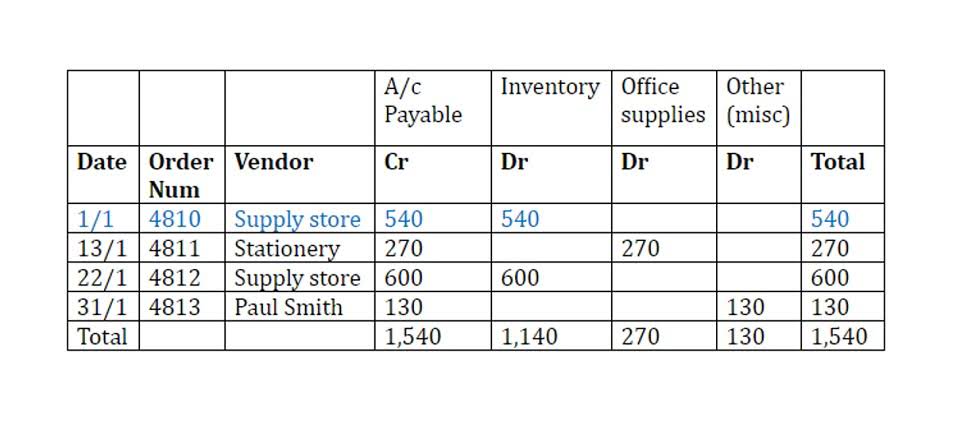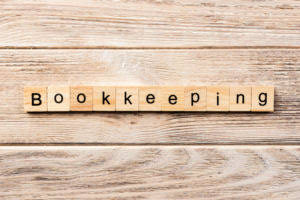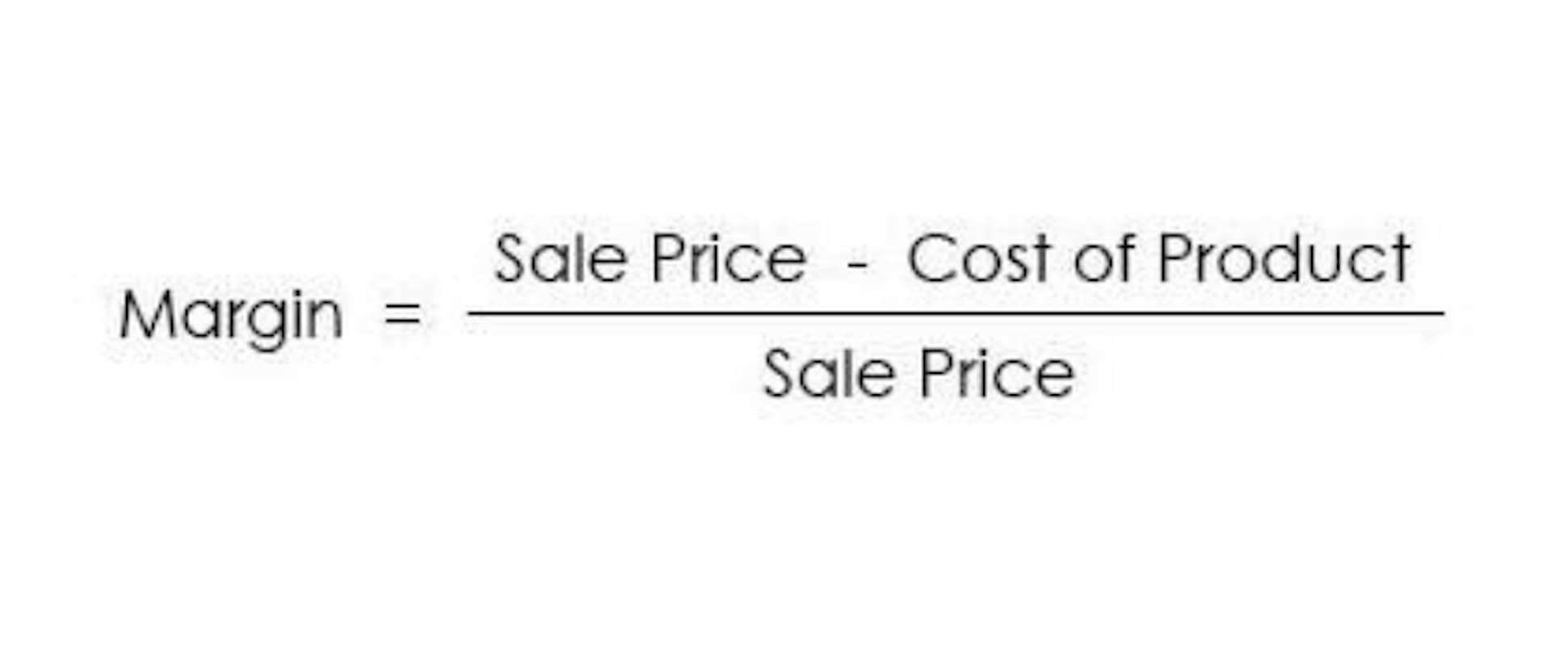
By the end of 2018, Twitty’s Books had $440,000 in sellable inventory. Its primary service doesn’t require the sale of goods, but the business might still sell merchandise, such as snacks, where is cogs on balance sheet toiletries, or souvenirs. The categorization of expenses into COGS or operating expenses (OpEx) is entirely dependent on the industry in question. Explore the role of COGS in shaping financial insights and its influence on assessing a company’s profitability with our comprehensive guide. A financial professional will offer guidance based on the information provided and offer a no-obligation call to better understand your situation. Our writing and editorial staff are a team of experts holding advanced financial designations and have written for most major financial media publications.

Periodic vs Perpetual Inventory Systems

Cost of goods sold (COGS) is calculated by adding up the various direct costs required to generate a company’s revenues. Importantly, COGS is based only on the costs that are directly utilized in producing that revenue, such as the company’s inventory or labor costs that can be attributed to specific sales. By contrast, fixed costs such as managerial salaries, rent, and utilities are not included in COGS. Inventory is a particularly important component of COGS, and accounting rules permit several different approaches for how to include it in the calculation. Delving into the intricacies of the COGS formula elucidates how businesses track direct costs related to goods sold.
What is the relationship between COGS and revenue?
It may belong to the raw materials, works in progress, or finished goods. The calculation of Cost of Goods Sold (COGS) is a crucial aspect of financial management for businesses. It provides insights into the direct expenses incurred in the production or acquisition of goods that were sold during a specific period. This section explores the methods and considerations involved in calculating COGS. COGS does not include costs such as overhead, sales and marketing, and other fixed expenses.
- In effect, the company’s management obtain a better sense of the cost of producing the good or providing the service – and thereby can price their offerings better.
- Let us say XYZ Company wants to calculate COGS in the first quarter of 2022.
- If COGS is not listed on a company’s income statement, no deduction can be applied for those costs.
- Your COGS can also tell you if you’re spending too much on production costs.
- The short answer is that COGS are your production costs, and it’s important because it helps determine your company’s profits.
- Instead, they have what is called “cost of services,” which does not count towards a COGS deduction.
What Is Cost of Goods Sold (COGS)?
At the end of the current year, the Food Truck Accounting company is left with five cars. Join over 2 million professionals who advanced their finance careers with 365. Learn from instructors who have worked at Morgan Stanley, HSBC, PwC, and Coca-Cola and master accounting, financial analysis, investment banking, financial modeling, and more. If it costs you $100,000 to produce 50,000 widgets, your average cost is $2 per widget. You’ll add up the total costs to produce your goods and divide it by the number of units created in the period.

- Depending on the business’s size, type of business license, and inventory valuation, the IRS may require a specific inventory costing method.
- This distinction is important for investors and managers as it helps in evaluating the efficiency of a company’s core operations versus its administrative and selling capabilities.
- Cost of goods sold (COGS) refers to the direct costs of producing the goods sold by a company.
- Someone on our team will connect you with a financial professional in our network holding the correct designation and expertise.
- That may include the cost of raw materials, cost of time and labor, and the cost of running equipment.
It also gives us a central document from which we can make finite adjustments and better calculate margins. Are you sending a PO/order manually, then waiting for an invoice/shipping document with tracking info and dates or something similar? There will What is bookkeeping certainly be lag time involved between the product selling and receiving this information.




